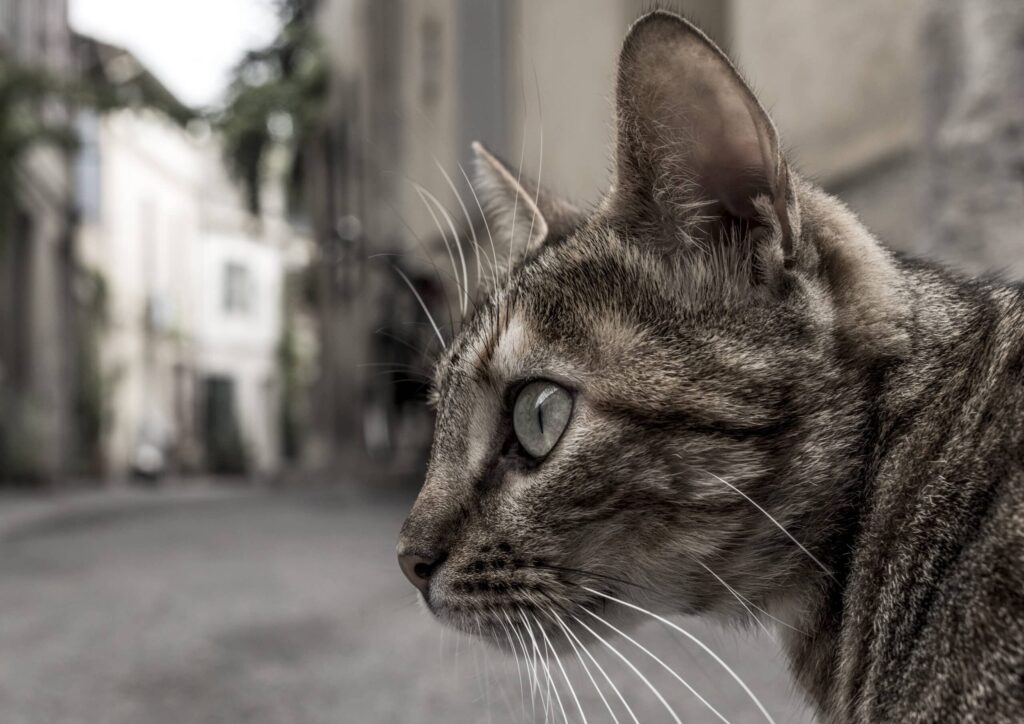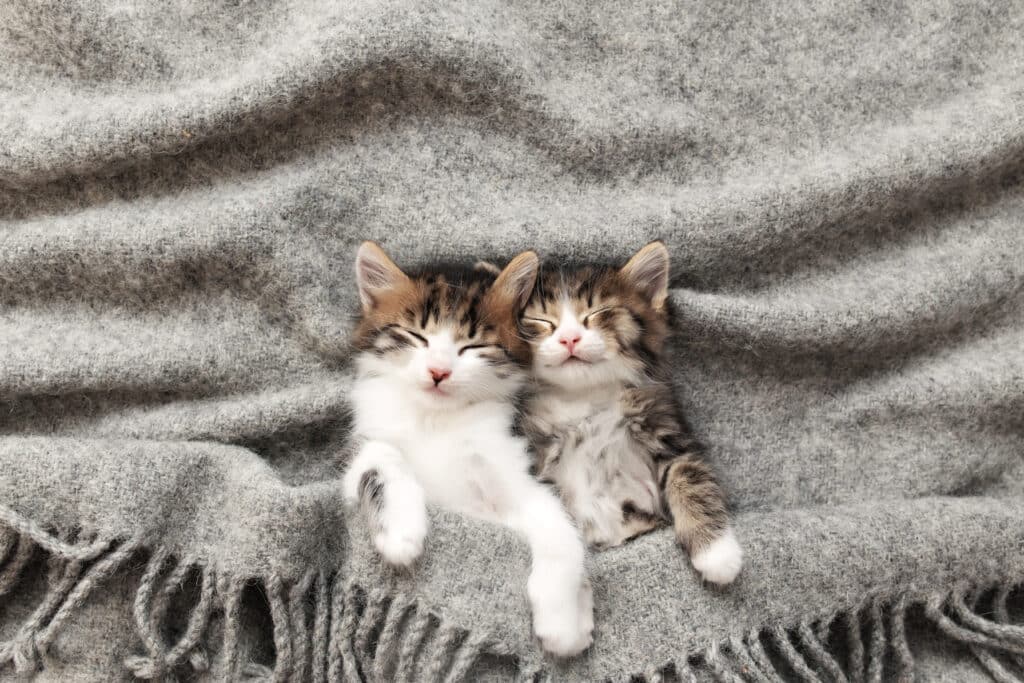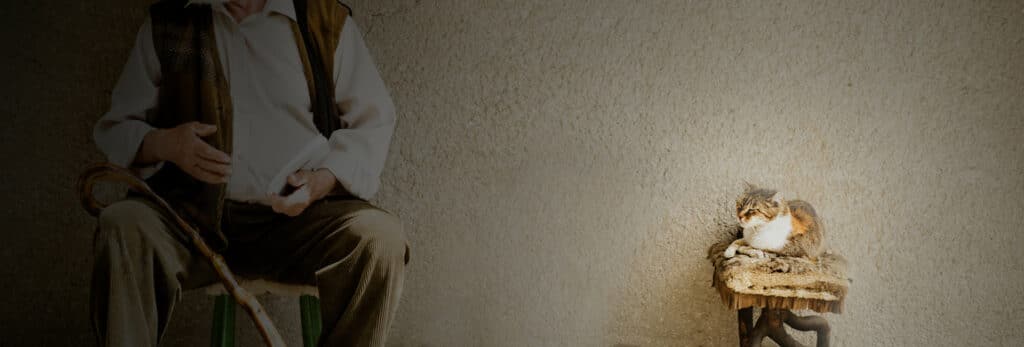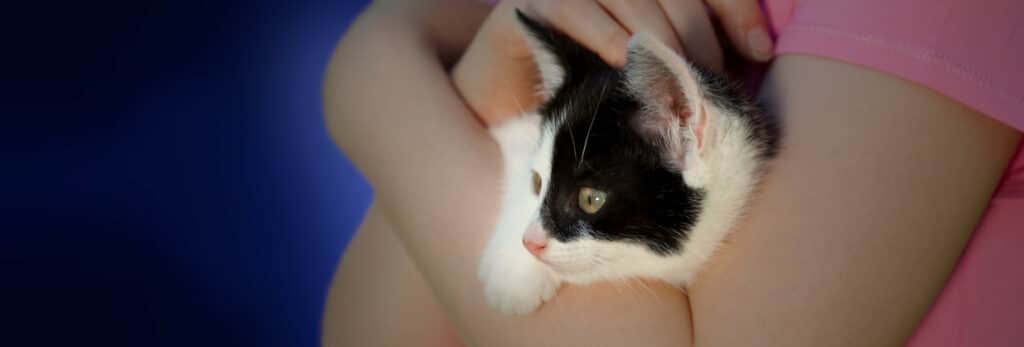
Household plants toxic to cats
There are many flowers and plants toxic to cats. They’re surprisingly common in household gardens around the world, and you need to know what they are and how to identify them.
But wait, aren’t cats carnivores that don’t eat plants? Well, yes, they are carnivores. But that doesn’t stop them from eating plants. And consuming vegetation isn’t the only way a poisonous plant can harm your cat.
Touching plants toxic to cats
Cats are curious by nature, and will nibble at a plant to gain information about it. But that’s not the only tool at their disposal.
They will also sniff, lick, brush up against, and/or play with plants. A breeze may create an irresistible moving “toy” that inspires your cat to pounce on a toxic plant.
The plain fact is, the wrong plant may cause your cat to suffer a toxic reaction or poison it. In this article, you’ll discover a group of common household plants toxic to cats, common symptoms to look out for, and links to further resources.
Thousands of cats are affected by poisonous plants every year. It pays to know whether there are toxic plants in your area, as this information might save your cat’s life.
The examples below introduce some of the common plants that can harm cats (and dogs) and explain what to do if you suspect your pet has encountered a toxic plant.
Animal poison control helplines
You’ll find a useful list of animal poison control helplines for different countries worldwide on this page.
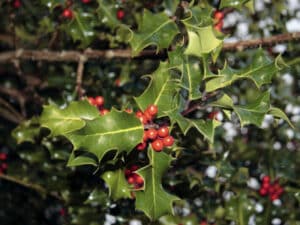
Holly
Otherwise known as Winterberry, this festive plant is a staple in decorative Christmas wreaths. Holly causes serious gastrointestinal problems and is found throughout Europe and North America.
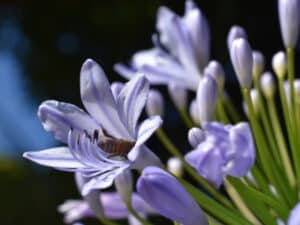
Lilies
Many lily varieties are fatal to cats. It’s best to assume all are harmful. As beautiful as lilies are, they’re incompatible with your cat. Your best bet is to remove lilies from your house and garden.
What’s the difference between a poison and a toxin?
A poison is any chemical that damages or destroys living cells. A toxin is a sub-category of poison that has a biological origin.
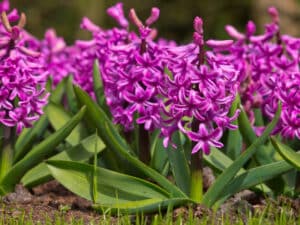
Hyacinths
Hyacinths are toxic to cats, dogs, and horses. The plant is a native of the Eastern Mediterranean but can be found worldwide. Symptoms include diarrhea, vomiting, and tremors.

Autumn Crocus
Sometimes known as Meadow Saffron or Colchicum, Autumn Crocus is a species of Colchicum. It flowers in the Fall, hence the name “Autumn Crocus.” It’s in the same family of flowering bulbs as the lily.
Symptoms: Irritants…
Some toxic plants produce symptoms of irritation. These may be relatively minor, but you should always contact your vet if your cat presents with watery or red eyes, swelling, abnormal itchiness, and/or irritation around the mouth. Take your cat to the vet immediately if it’s having trouble swallowing or difficulty breathing.
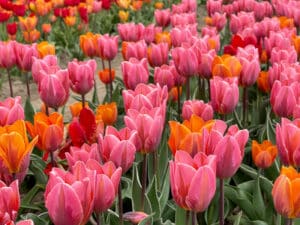
Tulips
Every part of a tulip is toxic to your cat. A tentative sniff, lick, and even a small nibble may not produce a serious reaction. If your cat does more than nibble, you’ll need to take it to the vet.
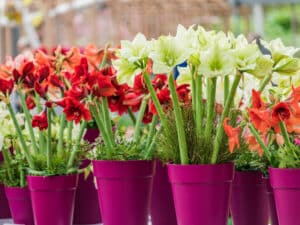
Amaryllis
There are over 80 species of Amaryllis, and at least 600 hybrids. This flowering plant is, rather appropriately, sometimes called the belladonna lily. Amaryllis is a native of South America.
Symptoms: Gastrointestinal…
Vomiting and/or diarrhea can indicate your cat has eaten something toxic. If you suspect the vomiting and/or diarrhea results from something it has eaten, take your cat to the vet.

The Yew Tree
The Yew tree is native to Europe, northwest Africa, northern Iran, and southwest Asia. Every part of this tree is toxic to cats, and the poison is especially concentrated in Winter. Symptoms occur suddenly and progress rapidly. If you suspect Yew poisoning, go to the vet immediately.

Daffodils
Why does it seem the world’s most beautiful flowers are poisonous to your cat? Whether ingested or touched, Daffodils can cause serious health issues. While the level of toxicity varies from mild to moderate, it’s best to keep these flowers away from your cat.
Symptoms: Respiratory…
Does your cat have an irregular heartbeat, difficulty swallowing, breathing issues, drooling, or urinating frequently? These can be a sign of major organ failure. Take your cat to the vet immediately.
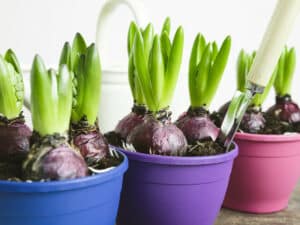
Spring bulbs
As gorgeous and uplifting as Spring flowers are, their bulbs are toxic to your cat. Keep any bulbs stored somewhere your cat can’t access. The main symptoms of ingesting a bulb are bloody vomiting and diarrhea.
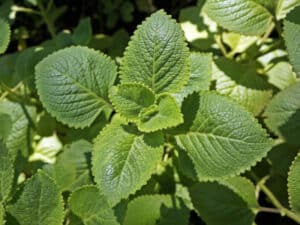
Spanish Thyme
The leaves of this medicinal herb contain essential oils that are toxic to cats. And they will burn your cat’s skin if it comes into contact with them. If you suspect Spanish Thyme poisoning take your cat to the vet.
If you see your cat eating a toxic plant…
Pick up your cat and take it to a place of safety from which it can’t escape. Remove any bits of the plant you find on your cat. Place a plant sample in a sealable plastic bag to show your vet. If your cat develops symptoms of a toxic reaction, phone your vet immediately. If your vet isn’t open, take it to an emergency vet.
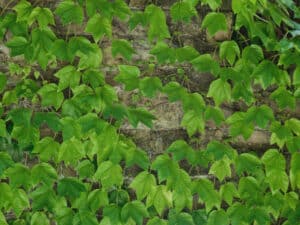
English Ivy
This plant is native to Europe and Western Asia but can be found in many Western countries. It climbs its way up walls, trees, and houses. All parts of the plant are toxic to cats. If you notice swelling in your cat’s mouth, tongue, or lips, go to the vet immediately.
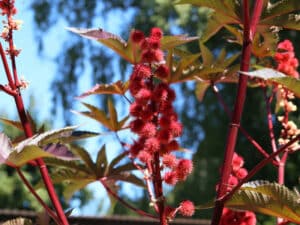
Castor beans
All parts of the Castor Bean plant are toxic, but this is especially true of the bean. This toxicity extends to products derived from Castor beans, such as Castor oil. Keep your cat well away from this tropical and sub-tropical plant if it’s growing anywhere near you.
Is your cat especially curious?
All cats tend to explore places you’d prefer they stay out of. If you’re an enthusiastic cook, gardener, or chemist, knowing what substances can harm your cat is useful. Keep these substances out of reach of your inquisitive cat.
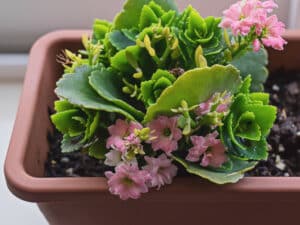
Kalanchoe
This popular indoor plant is toxic to both cats and dogs. Your cat will likely have a gastrointestinal reaction, but this plant can cause abnormal heart rhythm if enough is ingested or your cat is especially sensitive. Call your vet if symptoms aren’t clearing up.
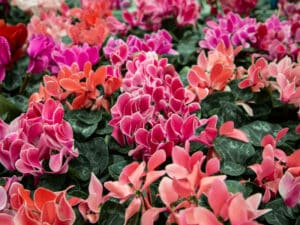
Cyclamen
All parts of the cyclamen plant are toxic to cats, but the tubers contain a greater concentration of the poisonous substance and are especially dangerous. A cat that eats this plant will have a gastrointestinal reaction but may also have seizures.
What parts of a plant are poisonous to cats?
Although certain parts of a given toxic plant will have a higher concentration of the problematic component, it’s best to assume all parts are poisonous. And as every cat will react differently, focus instead on the severity of your cat’s symptoms.
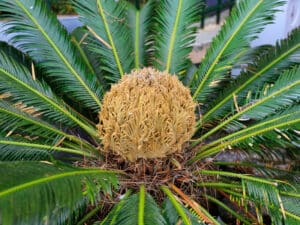
Sago Palm
Every part of a Sago Palm is toxic to cats and dogs, but the seeds are especially poisonous and are bite-sized morsels that are easily consumed. Symptoms take 15-60 minutes to appear and seem mild at first. Death is likely if your animal isn’t treated, so seek help immediately.
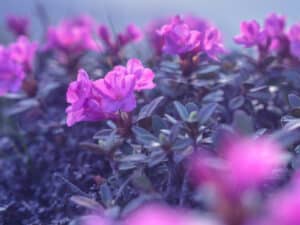
Rhododendrons
This is yet another popular plant that’s toxic to cats, dogs, and horses. Even the ingestion of a few leaves can lead to vomiting, diarrhea, hypersalivation, weakness, coma, cardiovascular collapse, and death. If your cat has eaten a rhododendron seek help immediately.
Seek professional advice…
Knowing the toxic plants in your area and the symptoms they cause is useful. But it’s no substitute for diagnosis by a qualified vet. An experienced local vet will have seen many similar cases and know how to treat your cat. Call your vet immediately if you’re worried your cat is having a toxic reaction.

Oleander
Every part of the oleander plant is dangerous to cats. Its toxins attack the cat’s heart muscle and leave it unable to function. Oleander toxins act quickly, so you need to know if this plant is growing in your neighborhood and inform your vet if you suspect your cat has encountered it.

Chrysanthemum
If your moggy eats any part of a chrysanthemum, it will cause gastrointestinal disturbances, including vomiting. If your cat touches the plant, it will irritate its skin, producing redness and dermatitis. As gorgeous as chrysanthemums are, it’s best not to have them in your garden.
What plants can I have around the house?
Fortunately, most plants won’t harm your cat. Some provide essential nutrients, aid digestion, and enhance your cat’s play. See this comprehensive guide to non-toxic plants.
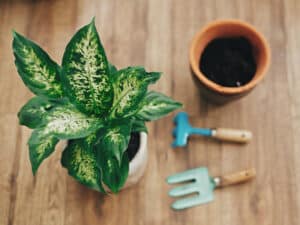
Dieffenbachia
Your cat will initially experience mucosal irritation from Dieffenbachia’s needle-shaped crystals that embed in the mucosa. As these crystals are coated in inflammatory substances, they perpetuate pain and tissue injury. Swelling can cause death through asphyxiation. Apply yogurt or lactose-free milk to the affected area.
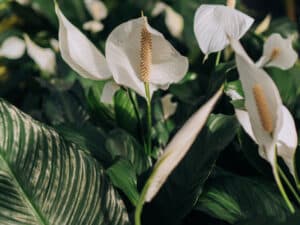
Peace Lily
This is another plant that contains needle-shaped crystals that cause intense irritation if your cat consumes it. The result is drooling, excessive licking, pawing at the mouth, vomiting, difficulty or pain when swallowing, and vomiting. Apply yogurt or lactose-free milk to the affected area to ameliorate the symptoms.
Conclusion
This isn’t an exhaustive list. For more information about plants toxic to cats, see this comprehensive guide to toxic plants and this list of poisonous indoor plants.
CatInfo.net suggests you survey and identify harmful plants growing on and around your property. If your cat has a toxic reaction, you’ll have information that could help your vet quickly identify the plant that caused it, and save your cat’s life.
You should also check the CatInfo.net list of specialist Animal Poison Control Centers in different countries, states, and cities.


